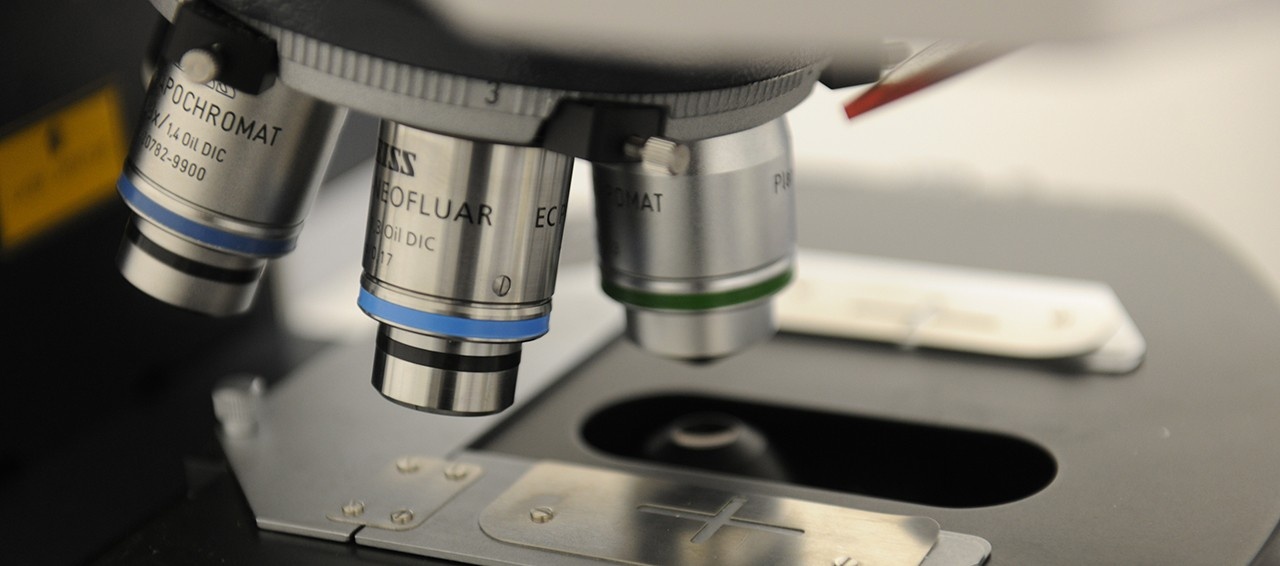Research
Engineering solutions to health problems
Imagine using technology to address medical challenges that affect the everyday lives of millions of people. As a graduate student in biomedical engineering, you'll have the opportunity to work with engineering tools and techniques that will make a difference in the lives of others.
Biomedical engineering at Dalhousie
Biomedical engineering research at Dalhousie covers a broad range of topics. Researchers within the school are working on advancing new technologies that increase the diagnostic information available to clinicians, treating medical disorders with implanted devices and novel biomaterials, and improving our understanding of the structural and functional properties of tissues and cells.
Interested in working on a particular project? Please contact an associated faculty member to find out more about getting involved.







